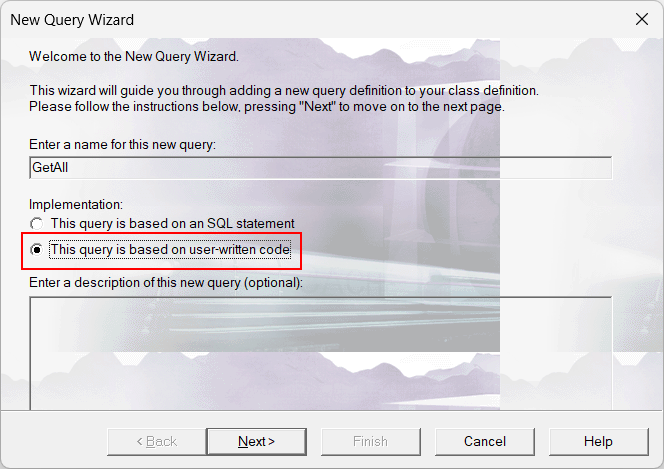InterSystems IRIS currently limits classes to 999 properties.
But what to do if you need to store more data per object?
This article would answer this question (with the additional cameo of Community Python Gateway and how you can transfer wide datasets into Python).
The answer is very simple actually - InterSystems IRIS currently limits classes to 999 properties, but not to 999 primitives. The property in InterSystems IRIS can be an object with 999 properties and so on - the limit can be easily disregarded.

.png)
.png)
